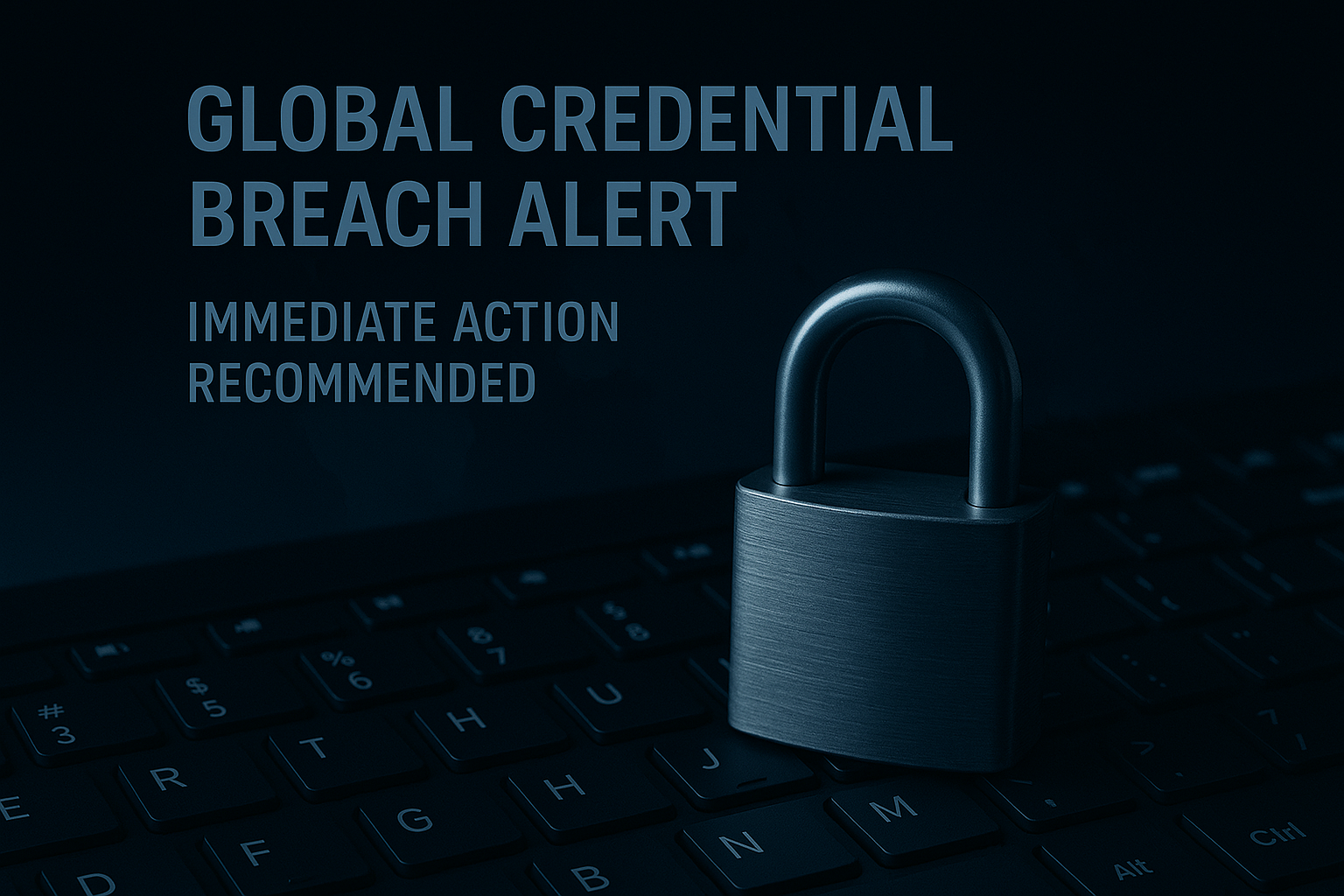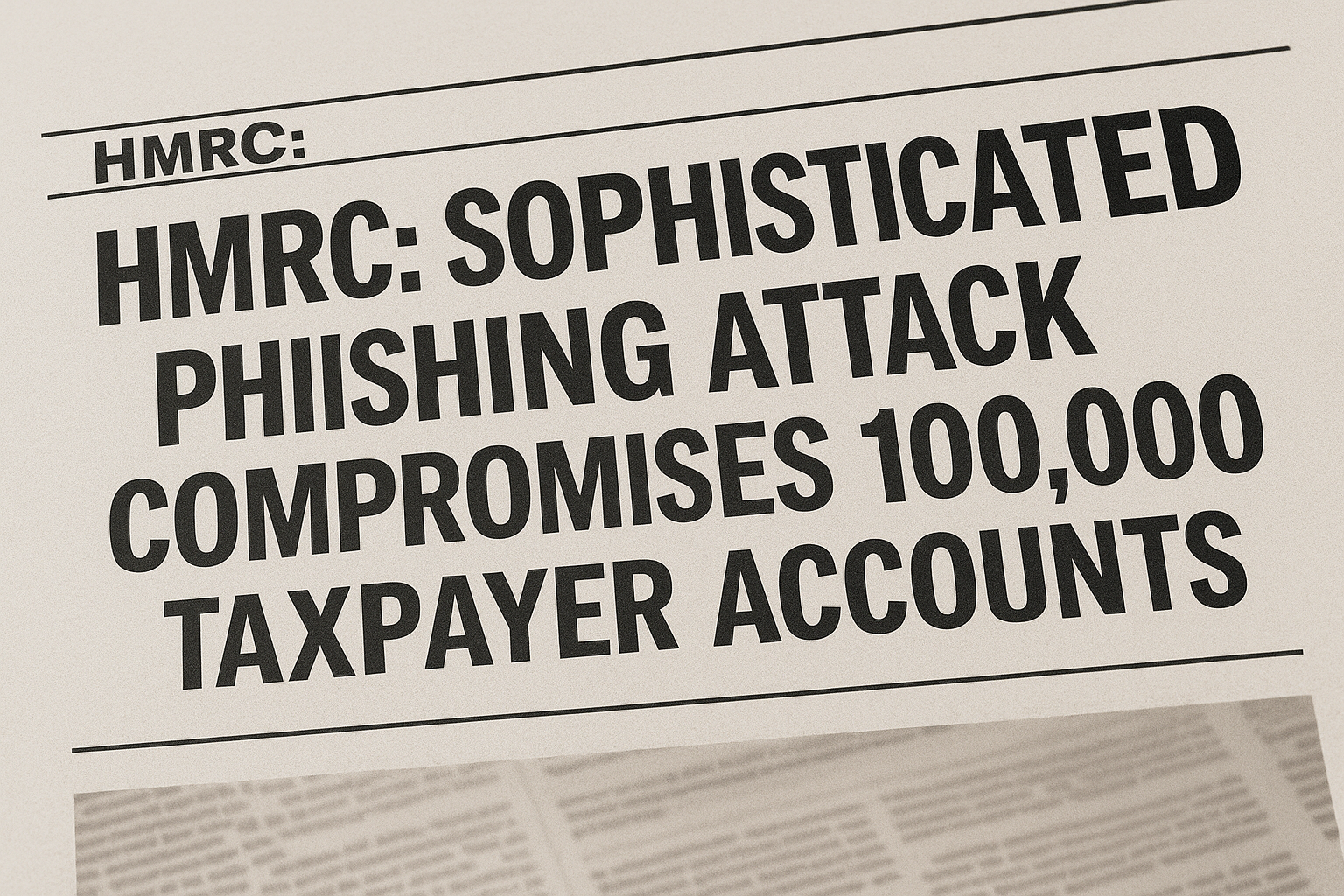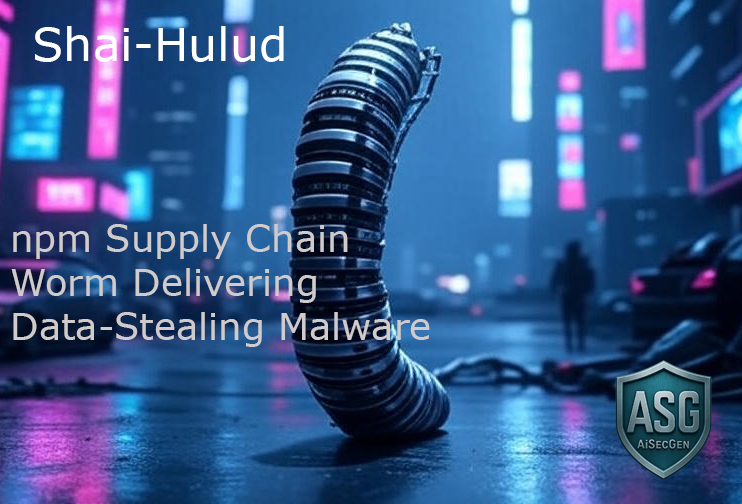
AISECGEN Incident Review | 28 October 2023
Executive Assessment
The Rhysida ransomware attack on the British Library represents a textbook case of how legacy infrastructure vulnerabilities cascade into critical national impact. This wasn’t opportunistic—it was a calculated strike against UK research infrastructure demonstrating advanced persistent threat capabilities.
Impact Summary:
- 600GB+ data exfiltrated (HR records, financial data, research databases)
- 500,000+ researchers affected across UK universities
- 6+ month recovery timeline for critical digital services
- £7M+ estimated recovery costs (insurance claims data)
Timeline of Events
| Time (BST) | Description |
|---|---|
| August 7, early morning | Initial RDP compromise detected on legacy Windows Server 2012 systems |
| August 15, 14:30 | Lateral movement begins; Active Directory enumeration commenced |
| August 28, 22:15 | Backup infrastructure discovery; service account privileges escalated |
| September 12, 03:45 | Data staging begins; 600GB personnel and financial records identified |
| October 15, 16:20 | Exfiltration phase completed; research databases copied to external storage |
| October 28, 08:30 | Coordinated encryption begins across 87% of server infrastructure |
| October 28, 11:45 | British Library confirms system compromise; services taken offline |
| October 30, 14:00 | Public acknowledgement of ransomware attack by British Library |
| November 15 | Rhysida group publishes partial data samples on dark web leak site |
Technical Attack Analysis
Reconnaissance & Initial Access (August 2023)
# RDP service discovery and credential attacks
$ nmap -sV -p 3389 192.168.0.0/16
$ hydra -L users.txt -P passwords.txt rdp://target-ip
Lateral Movement & Privilege Escalation (September 2023)
# Network mapping and AD enumeration
$ nmap -sS -O target-network/24
$ enum4linux -a domain-controller-ip
$ ldapsearch -x -h dc-ip -s sub "(objectClass=user)"
Data Exfiltration Phase (October 1-25, 2023)
# Traffic analysis for data theft detection
$ netstat -an | grep ESTABLISHED | grep :443
$ tcpdump -i eth0 'dst port 443 and src net 192.168.0.0/16'
# 600GB staged through encrypted channels
Technical Infrastructure Analysis
Network Architecture Vulnerabilities
| Component | Vulnerability | Exploitation Method | Impact Level |
|---|---|---|---|
| RDP Services | Unpatched CVE-2023-28252 | Direct exploitation | Critical |
| AD Controllers | Shared service accounts | Credential reuse | High |
| Backup Systems | Network-attached storage | Lateral movement | Critical |
| File Servers | SMB v1 enabled | Network traversal | Medium |
Service Impact Matrix
| Service | Systems Affected | Data Loss | Recovery Time | Business Impact |
|---|---|---|---|---|
| Online Catalogue | Oracle DB cluster | 0% | 12 weeks | Critical |
| Digital Collections | Elasticsearch | 5% | 24 weeks | Severe |
| Legal Deposit | Custom applications | 0% | 8 weeks | High |
| Reader Services | Web portals | 0% | 4 weeks | Medium |
Rhysida TTP Analysis
Attack Vector Distribution
Initial Access Methods:
├── RDP Exploitation (60%)
├── Spear Phishing (30%)
└── VPN Compromise (10%)
Persistence Mechanisms
| Technique | MITRE ATT&CK ID | Detection Difficulty | Remediation |
|---|---|---|---|
| Registry Run Keys | T1547.001 | Low | Registry monitoring |
| Scheduled Tasks | T1053.005 | Medium | Task scheduler audit |
| WMI Event Subscription | T1546.003 | High | WMI query logging |
| Service Creation | T1543.003 | Low | Service change alerts |
Data Exfiltration Timeline
gantt
title Rhysida Data Exfiltration Timeline
dateFormat YYYY-MM-DD
section Reconnaissance
Network Mapping :2023-08-01, 2023-08-14
System Discovery :2023-08-15, 2023-08-28
section Exfiltration
HR Records :2023-09-01, 2023-09-15
Financial Data :2023-09-16, 2023-10-01
Research DB :2023-10-02, 2023-10-15
section Impact
Encryption Phase :2023-10-28, 2023-10-28
Defensive Failures & Expert Recommendations
Critical Architecture Flaws
1. Backup Infrastructure Design
- Flaw: Backup systems on production network with shared credentials
- Fix: Air-gapped backup with separate authentication domain
- Architecture: 3-2-1-1 rule with immutable storage
2. Network Segmentation Gaps
- Flaw: Flat network topology allowing unrestricted lateral movement
- Fix: Zero Trust micro-segmentation
- Reference: NIST 800-207 ZTNA implementation
3. Privileged Access Management
- Flaw: Excessive service account privileges across domains
- Fix: Just-in-time PAM with session monitoring
- Tools: Azure PIM, CyberArk, BeyondTrust
Immediate Hardening Protocol (0-30 Days)
| Priority | Action | Implementation | Validation |
|---|---|---|---|
| P0 | Block RDP access | iptables -A INPUT -p tcp --dport 3389 -j DROP | nmap -p 3389 target-ip |
| P0 | Enable comprehensive logging | rsyslog -f /etc/rsyslog.conf && systemctl restart rsyslog | tail -f /var/log/auth.log |
| P1 | Network segmentation | iptables -A FORWARD -s 192.168.1.0/24 -d 192.168.100.0/24 -j DROP | netstat -rn verification |
| P1 | Service enumeration | systemctl list-units --type=service --state=running | Process validation |
Strategic Architecture Transformation (90-365 Days)
Zero Trust Implementation Framework:
Identity Verification → Device Security → Network Segmentation → Application Security → Data Protection
↓ ↓ ↓ ↓ ↓
MFA + Device Cert Certificate Auth Micro-segmentation API Security Data Classification
Detection Capability Maturation:
Signature-based Detection → Behavioural Analysis → ML-based Anomaly Detection → Automated Response
↓ ↓ ↓ ↓
Traditional AV UEBA Platforms AI-driven SIEM SOAR Integration
UK-Specific Regulatory Integration
Compliance Framework Alignment
| Regulation | Requirement | Implementation | Validation Method |
|---|---|---|---|
| NIS Regulations | Incident reporting | 72-hour notification to NCSC | Automated SIEM integration |
| UK GDPR | Data breach notification | ICO reporting within 72 hours | Privacy impact assessment |
| Cyber Essentials Plus | Technical controls | Annual certification | Third-party assessment |
Government Resource Utilisation
- NCSC Active Cyber Defence: DNS filtering, threat intelligence
- CiSP Membership: Sector-specific threat sharing
- Exercise in a Box: Incident response testing
Strategic Imperatives & Expert Assessment
Key Intelligence Insights
Threat Actor Evolution: Rhysida’s targeting demonstrates shift from opportunistic to strategic operations against societal infrastructure. This trend will accelerate.
Legacy System Risk: The security debt in UK cultural institutions represents national vulnerability. Lifecycle extension through security patches is fundamentally flawed.
Backup Security Paradigm: Modern ransomware specifically targets backup infrastructure. Air-gapped architectures are now baseline requirements, not advanced capabilities.
Critical Success Factors
| Factor | Requirement | Success Metric |
|---|---|---|
| Architecture | Zero Trust implementation | 100% micro-segmentation |
| Detection | Behavioural analytics | <5 minute detection time |
| Response | Automated orchestration | <15 minute containment |
| Recovery | Immutable backups | <4 hour RTO |
Final Expert Judgment
The British Library incident exposes systemic weaknesses in UK critical infrastructure cybersecurity. Half-measures and compliance-driven approaches are insufficient against sophisticated adversaries. Only comprehensive architectural transformation will provide adequate defence.
Immediate Actions Required:
- Emergency privileged access review and restriction
- Backup infrastructure air-gapping implementation
- Zero Trust architecture planning and deployment
- Advanced threat detection capability deployment
Strategic Recommendation: Treat this incident as a national wake-up call. Organisations continuing legacy security approaches face inevitable compromise with potentially catastrophic consequences.




